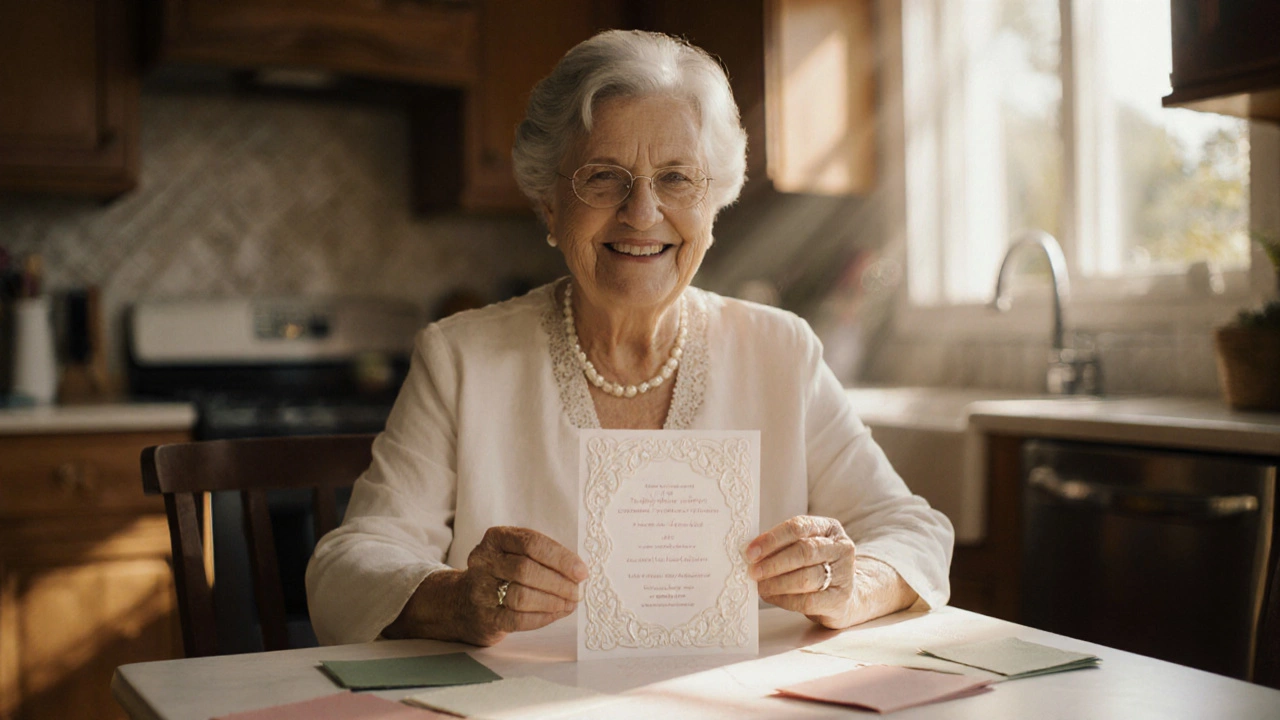Wedding Mother Attire Etiquette: What to Wear and How to Get It Right
When planning a celebration, wedding mother attire etiquette, the set of guidelines that help mothers of the bride and groom choose outfits that respect the couple’s vision while staying stylish, also known as mother of the bride/groom dress code, plays a crucial role in the overall look of the day. At the same time, mother of the bride attire, the dress choice for the bride’s mother, often balancing elegance with the wedding’s theme and mother of the groom outfit, the ensemble for the groom’s mother, which should complement the bride’s mother without matching exactly are the two main sub‑categories. Both rely heavily on the broader wedding dress code, the formality level set by the couple, ranging from black‑tie to casual garden and the chosen color palette, the collection of hues that define the wedding’s visual identity. In short, wedding mother attire etiquette encompasses color selection, respects the dress code, and ensures the mothers enhance the event’s aesthetic.
Key Factors to Keep in Mind
First, understand the formality of the ceremony. A black‑tie evening wedding calls for floor‑length gowns in luxe fabrics, while a beach setting tolerates tea‑length dresses in light, breathable material. Ignoring the dress code can make an otherwise beautiful outfit look out of place.
Second, stick to the approved color palette. Most couples ask mothers to avoid white, ivory, or the exact hue of the bridal party. Soft neutrals, muted pastels, or deep jewel tones usually work well. If the couple has a specific accent color, a tasteful pop of that shade in a wrap, clutch, or shoes can show support without stealing the spotlight.
Third, consider length and silhouette. Traditional etiquette suggests a floor‑length dress for the mother of the bride and a slightly shorter style for the mother of the groom, but modern weddings accept any length that feels appropriate to the venue and season. A‑lines, empire waists, and wrap dresses are universally flattering and easy to move in.
Fourth, plan the accessories wisely. A modest necklace, simple earrings, and a coordinated shawl or bolero keep the look polished. Avoid anything that matches the bride’s jewelry or the bridesmaids’ dresses too closely. Shoes should be comfortable enough for dancing; a low heel or stylish wedge can be a lifesaver.
Fifth, set a realistic budget. Renting a designer dress can give a high‑end look for less money, while buying a versatile piece in a neutral shade can be worn again for other events. Budget‑friendly options don’t have to sacrifice style when you focus on fit and fabric quality.
Finally, communicate early with the couple. Ask about any specific wishes regarding pattern, color, or formality. Early dialogue helps avoid last‑minute surprises and shows respect for the couple’s planning process.
These considerations together form a clear roadmap for navigating mother‑of‑the‑bride and mother‑of‑the‑groom outfit decisions. By aligning with the wedding dress code, honoring the color palette, and choosing appropriate accessories, mothers can confidently support the couple while looking elegant themselves.
Below you’ll find a curated collection of articles that dive deeper into each of these points—from color‑choice tips and accessory suggestions to detailed etiquette rules—so you can feel prepared and stylish on the big day.

- Oct, 10 2025
- Comments 0